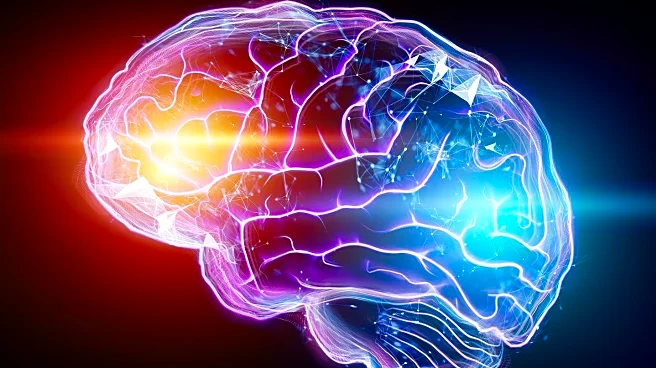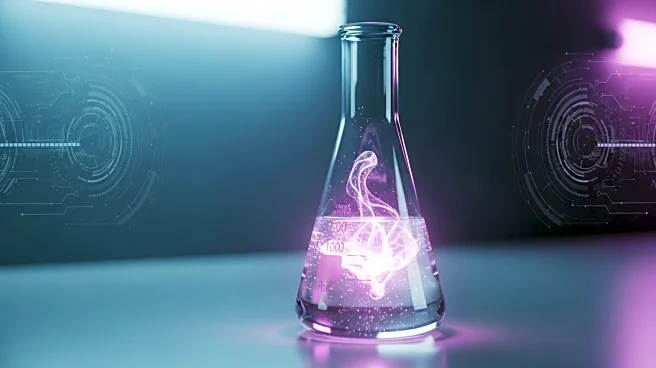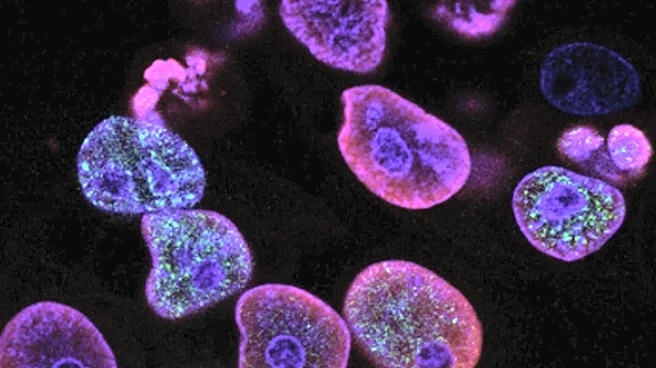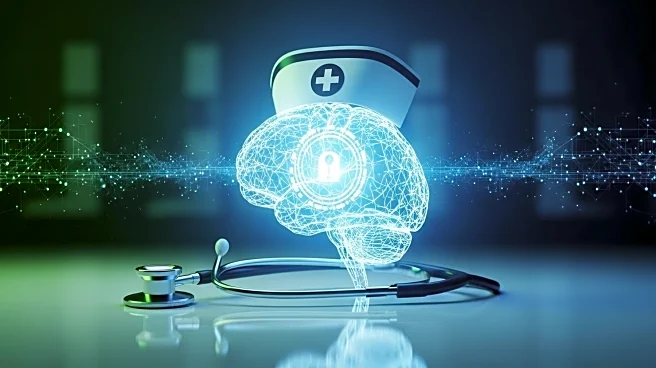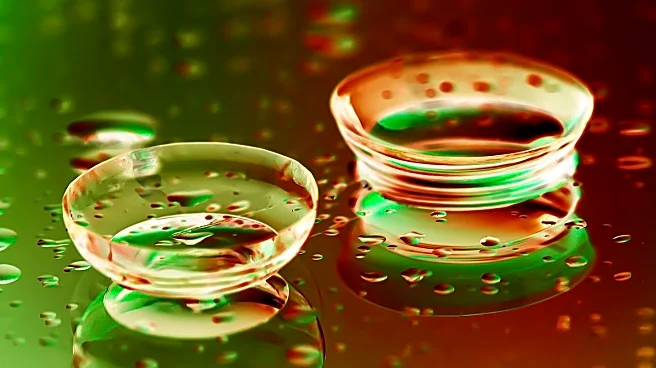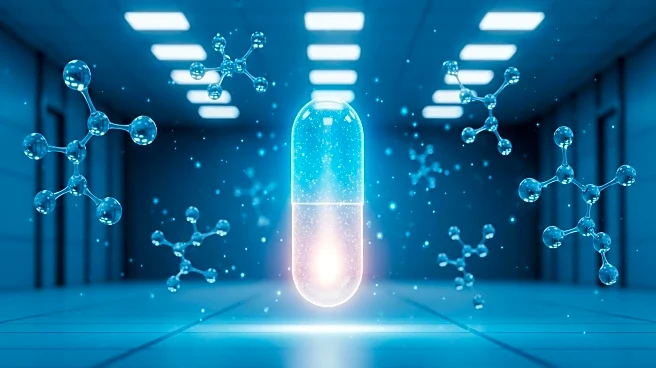What is the story about?
What's Happening?
A team of Hungarian scientists has discovered that N,N-dimethyltryptamine (DMT), a psychoactive molecule, can protect the brain against stroke damage in mice. The study, led by Professor Mária Deli, Professor Zoltán Nagy, and Dr. Sándor Nardai, found that DMT treatment restored the blood-brain barrier's structure and function, improved astrocyte function, and reduced inflammation and edema. These findings, published in Science Advances, suggest that DMT could complement existing stroke treatments by offering a novel approach to brain protection.
Why It's Important?
Stroke is a leading cause of death and disability in the U.S., with significant economic costs. Current treatments are limited, and DMT's dual action of protecting the blood-brain barrier and reducing inflammation offers a promising alternative. If successful, DMT-based therapies could improve recovery outcomes and reduce healthcare costs associated with stroke. The research also contributes to the growing interest in psychedelic compounds for medical use, potentially leading to broader acceptance and regulatory changes.
What's Next?
Clinical trials for DMT-based stroke treatments are underway, with researchers exploring long-term effects and potential applications. The success of these trials could lead to new therapies that enhance recovery and reduce stroke-related disabilities. However, legal and regulatory challenges remain, as DMT is classified as a controlled substance in many countries. Advocacy for policy changes and increased funding for psychedelic research may be necessary to advance these treatments.
Beyond the Headlines
The study highlights the potential of psychedelic compounds in medicine, challenging traditional perceptions and legal frameworks. It raises ethical questions about drug classification and access to potentially life-saving treatments. The research may also influence cultural attitudes towards psychedelics, promoting a shift towards viewing them as therapeutic tools rather than recreational substances.
AI Generated Content
Do you find this article useful?
